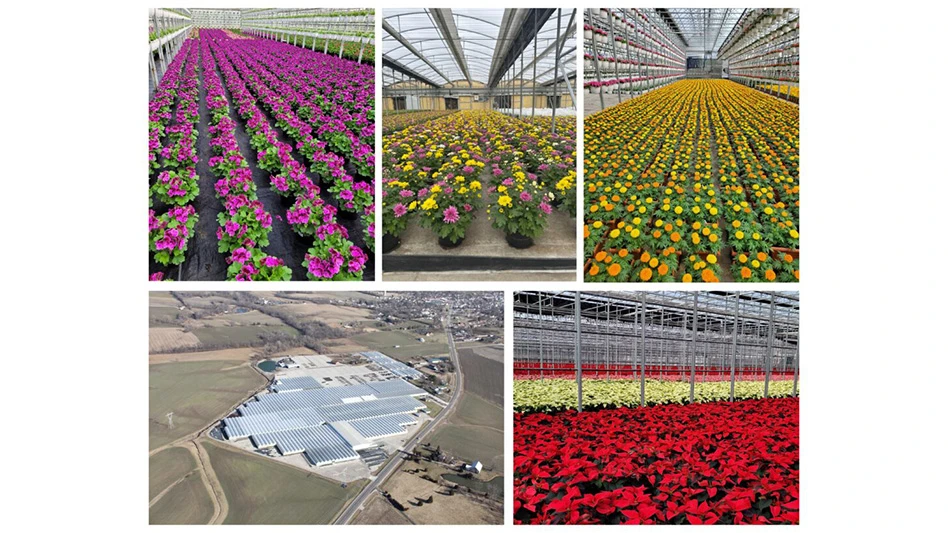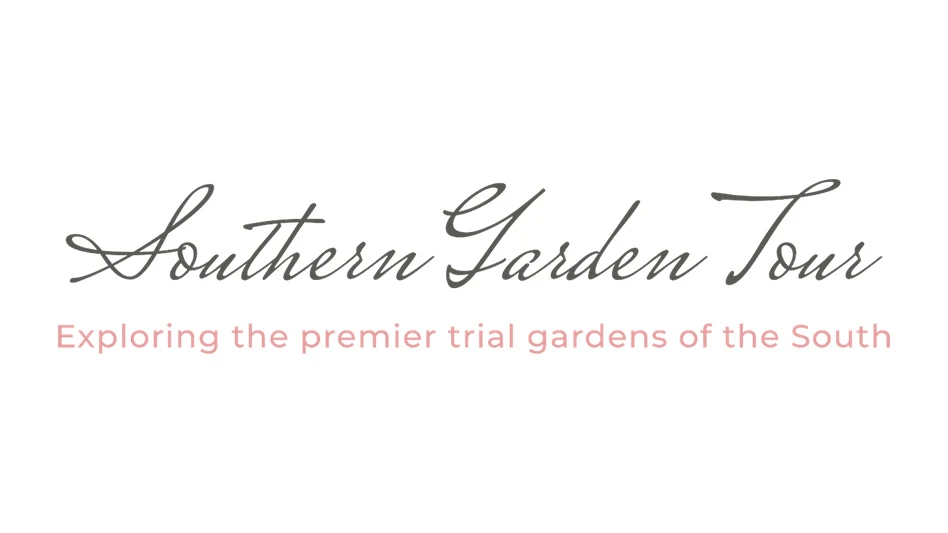 A.R. Chase A.R. Chase |
Every disease has at least one season that favors its development. For Rhizoctonia it’s the summer. This fungus usually prefers the heat, humidity and rainfall that occur in many parts of the United States during the summer. In the southeastern U.S. it can also be found in spring and fall when the environment is still favorable for its development. Rhizoctonia aerial blight and leaf spot occur primarily in the warmer months when high temperatures coincide with high moisture levels. This is common in the southeastern U.S. when rainfall and temperatures both peak. In other areas of the country, the nurseryman creates ideal conditions for these diseases by growing plants in covered structures which are heated and irrigated overhead. 3. What are some of the symptoms of Rhizoctonia? Rhizoctonia spp. usually attack plants at the soil line, causing constriction of the stem which results in girdling and death of the plant tops. The pathogen can attack leaves as well and is especially severe when plants are grown close together and leaves are wet. Entire stock beds or flats can be lost to Rhizoctonia aerial blight in very short periods of time, sometimes in a matter of a few days. The pathogen is soil-borne which means it lives in the soil or growing medium and causes both pre- and post-emergence damping-off of many seed produced crops. Disease development can occur in a couple of days so plants should be scouted and monitored for symptoms at least weekly. Brown, irregularly-shaped spots form anywhere on foliage or stems. The spots can be up to 1 inch across and sometimes have concentric rings (target-like). When humidity is high the web-like brown mycelium of the pathogen can cover portions of the plant which are infected. This can be seen many times in aerial blight and sometimes when flats of seedling crops are attacked. Rhizoctonia stem rot is typified by brown cankers forming at the soil line. The cankers are sunken and dry appearing and result in collapse of the plant tops. The canker can be very constricted and is sometimes called wire-stem on field-grown crops like beans and cotton. It is also sometimes only found on one side of the stem and is called sore-shin (especially on cotton). One of the most typical expressions of Rhizoctonia on ornamentals is cutting rot. This can occur within a week of sticking cuttings and looks like many cuttings rots. The most typical cause of cutting rot has been Rhizoctonia in my experience. Root rot caused by Rhizoctonia appears much like root rots caused by other fungi. Roots become brown, somewhat mushy and disintegrate. An accurate laboratory diagnosis is therefore crucial since fungicides that control Pythium do not control Rhizoctonia and vice versa. Keep in mind that mixed infections, cases where two pathogens are active, are also common. Quick Control Tips:
|

Explore the June 2011 Issue
Check out more from this issue and find your next story to read.
Latest from Greenhouse Management
- Terra Nova Nurseries introduces rust-free and disease-resistant heucherella
- John T. Nickel, founder of Greenleaf Nursery Co., passes away at 89
- Three tours offered at 2025 Farwest Show
- Garden Media Group announces sixth annual Women in Horticulture Week
- Star Roses and Plants announces National Knock Out Rose Day
- The Growth Industry Episode 4: How federal budget cuts are affecting horticulture nonprofits
- The thrips battle plan
- Pennsylvania Horticultural Society shares top gardening trends from 2025 Philadelphia Flower Show





